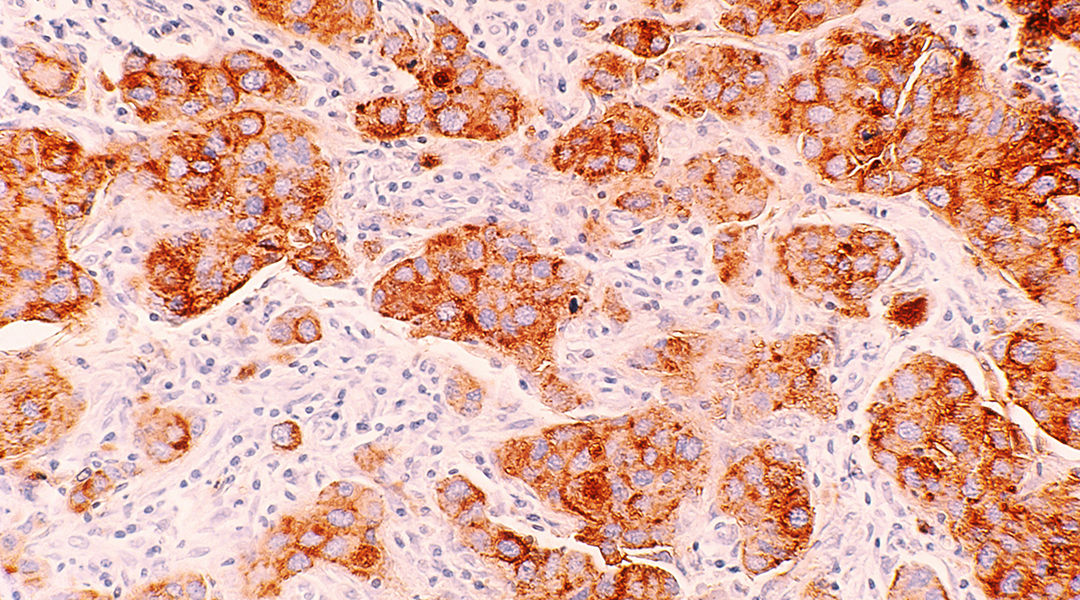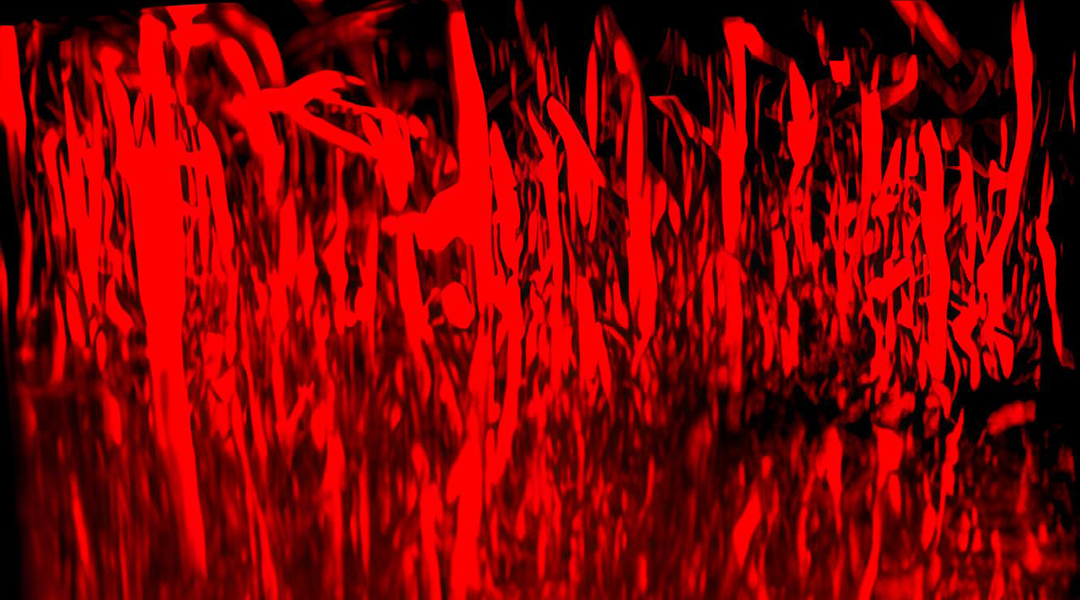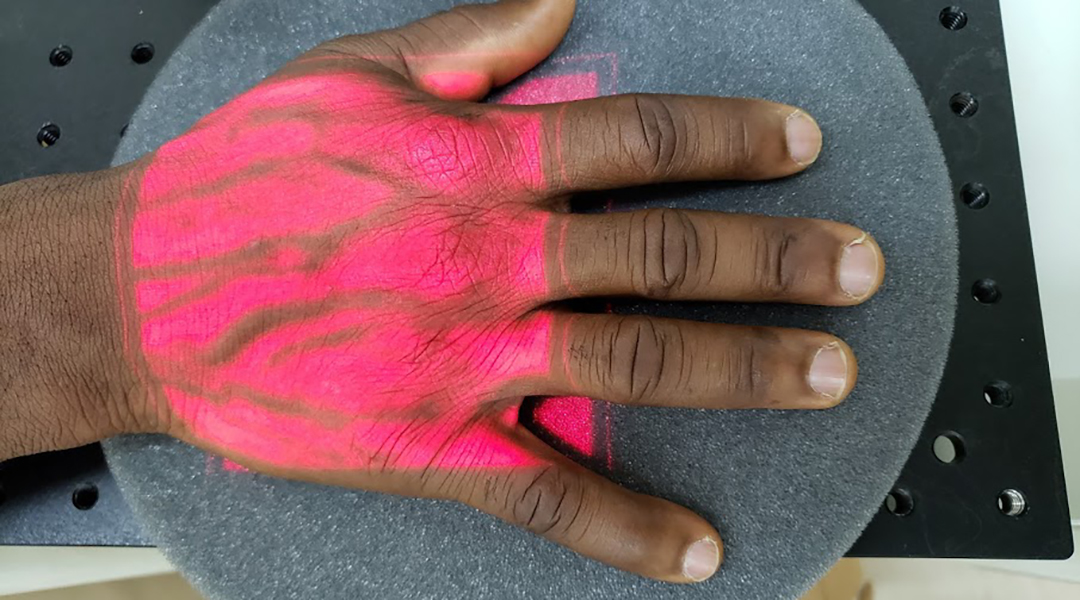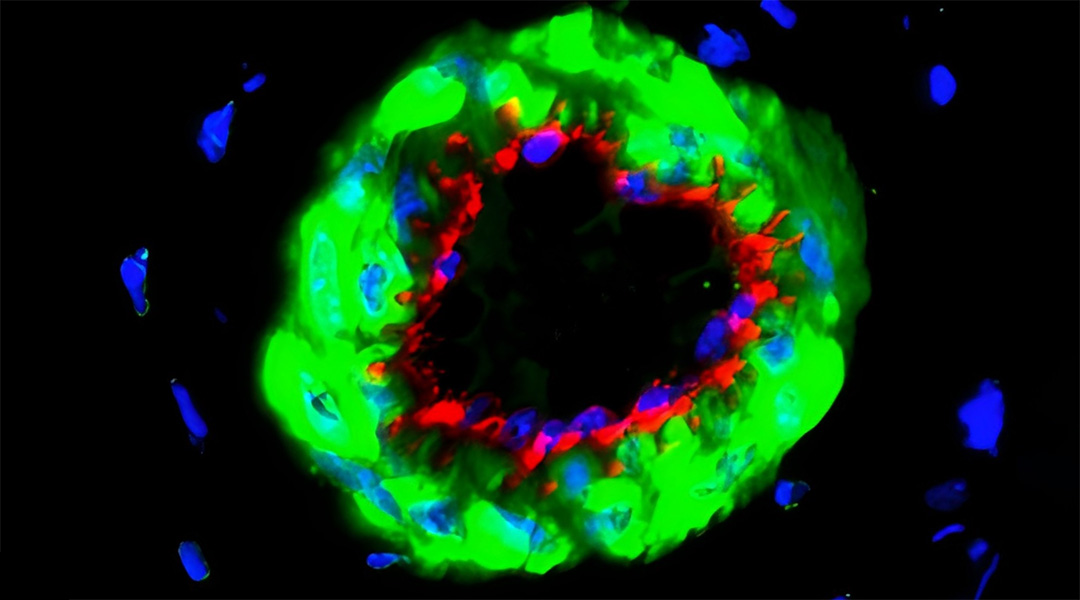Scientists find unique combinations of oral microbes can help identify states of stress in pregnant individuals.


Scientists find unique combinations of oral microbes can help identify states of stress in pregnant individuals.

Data from over 300,000 participants has revealed a potential genetic link between depression and cardiovascular disease in women.

A new study reveals that lacidipine, a common antihypertensive medication, slows tumor growth in triple-negative breast cancer.

Study shows that starting exercise early helps condition cells to preserve motor neurons before age-related loss.

This visual sensor connects to your fridge and syncs with your smartphone, providing real-time updates to help reduce food waste.

A hydrogel delivers therapeutic molecules to the brain after a stroke, promoting blood vessel regrowth and aiding recovery.

A non-invasive test uses a combination of lasers and ultrasound to detect red blood cells infected with malaria parasites with acoustics.

This safer, non-surgical treatment for diabetic limb ischemia could help patients with severe blood flow complications.

Researchers discover that a Parkinson’s drug, procyclidine, can reduce physical nicotine withdrawal symptoms, such as tremors and immobility.

Pathogenic bioaerosols detected at household garbage collection sites may contribute to vascular aging with high chronic exposure.